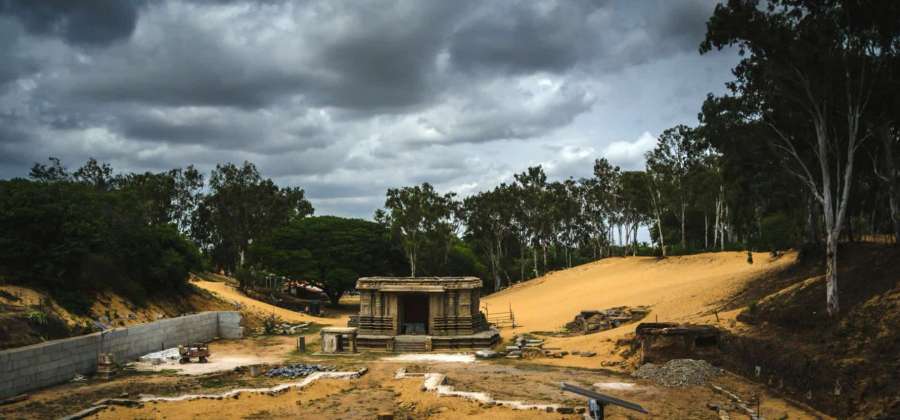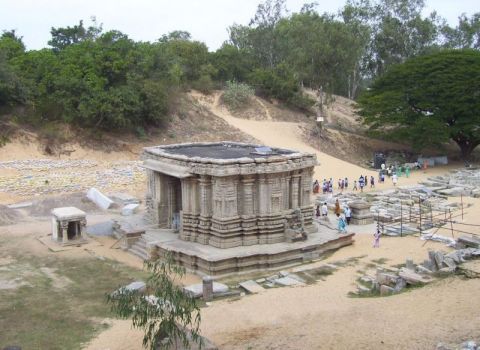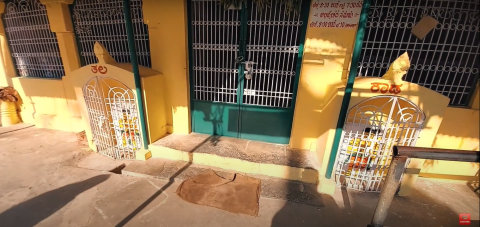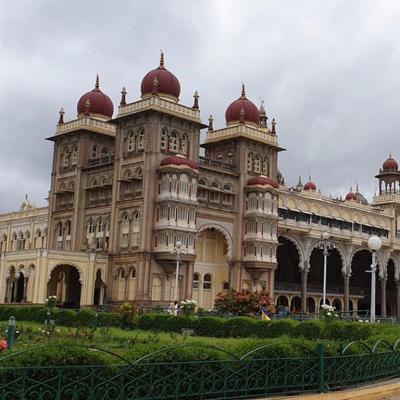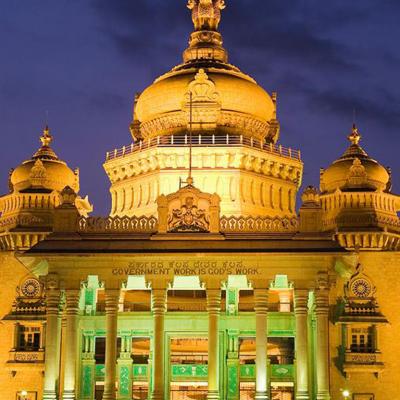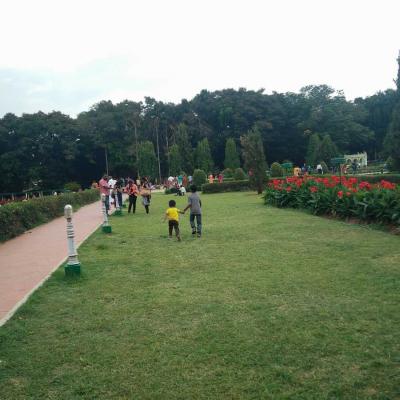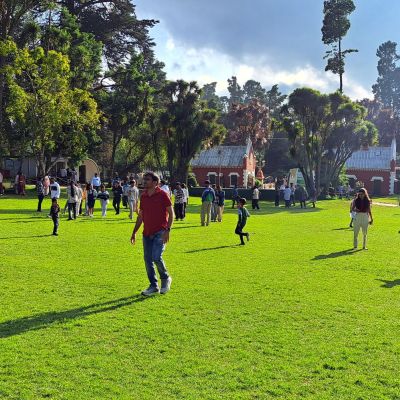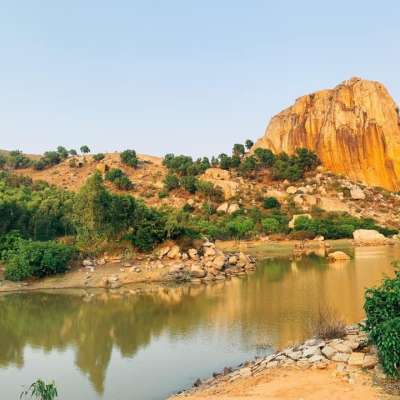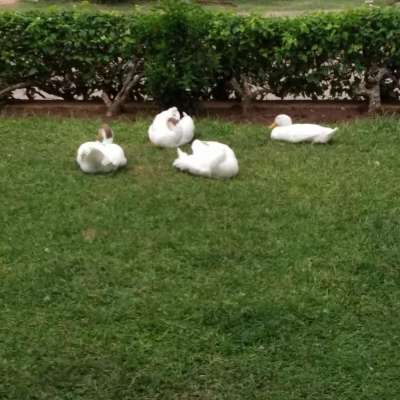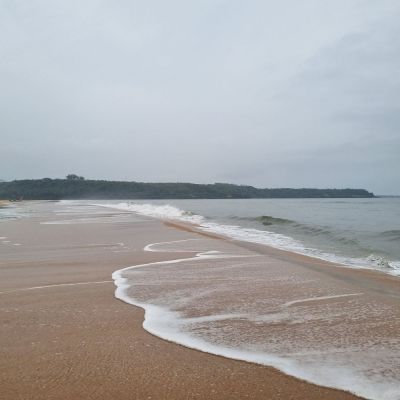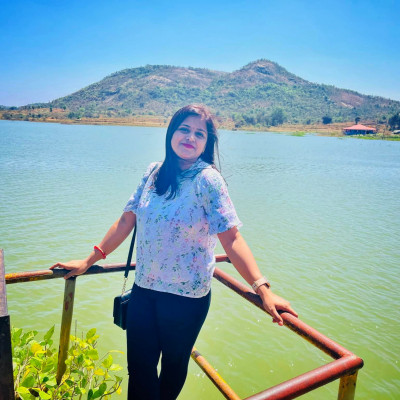TALAKADU: THE CURSED CITY
The Sand Submerged City
Talakadu is a small town on the banks of the famous Cauvery River with a rich ancient history and mythology. Prehistoric settlement ruins have been discovered at Talakdu. The town is unusually covered with several metres of sand dunes and has folklore behind its appearance. Talakadu is also a pilgrimage site. Kasi of the South is another name for it. In Indian mythology, it is referred to as Gajaranya, which means "elephant forest." Tourists come here primarily for "darshan," or to offer their prayers to the five sacred Shiv-lingas (representations of the Hindu deity Lord Shiva), especially during the Hindu month of Kartika.
Talakadu, once a magnificent city with more than 30 temples, was buried under sand in the 16th century. Writings from the time say that this was caused due to a natural disaster during the rule of the Wodeyars (which scientists attribute to either the construction of a dam in the 14th century or a fault line running through the river), but local stories state otherwise.
In 1610, the Vijayanagara king appointed Srirangaraya as the viceroy of the Vijayanagar Empire to the Wodeyar kingdom. Alamelamma, the viceroy's wife, used to send her ornaments every Friday to decorate Sri Ranga Nayaki, the consort of Sri Ranganatha of the Srirangapatnam temple. Following her husband's death, the Wodeyar king and his soldiers began harassing the woman for her jewels. The Mysore king dispatched a force to seize the jewels. Out of helplessness and rage, Alamelamma jumped into the Cauvery River at Malangi with the jewels tied up in a cloth. When she was drowning, she cursed in Kannada,
"Talakadu maralagali, Malangi madwagali, Mysooru arasarige makkalu aagadirali," which translates to "Let Talakadu be covered by sand, Malangi become a whirlpool, and may the kings of Mysore have no heirs."
Strangely, Talakdu is now actually covered in sand the river has whirlpools at Malangi, and the Mysore royal family has struggled to find a legitimate heir to the throne since that time. Srikanta Datta Narasimharaja Wadiyar, the current scion of the Mysore Royal Family, appears to have made amends. Strange hard to believe, but I leave it to your belief & research.
Talakadu has derived its name from two hunters called TALA and KADA. They also have a mythological story that goes like this:-
Somadatta, a sage, was on his way to Mount Somarka's Siddhashrama to worship Lord Shiva with his 16000 disciples. On the way, he was killed by wild elephants. He was reincarnated as an elephant and continued to worship the god with his disciples just next to a'salmali' tree. In due course, the Lord appeared and bestowed Mukti, or emancipation of the soul in human form from the cycle of births and deaths, on all of them. Later in time, two hunters named Tala and Kada were travelling through the area. They slashed the 'Salmali' (Silk Cotton Tree) tree with an axe, and blood poured from it, seeing that they both passed out after which they heard a voice instructing them on how to dress the wound and heal the tree.
Lord Shiva became known as "Vaidyanatheswara" after he suggested medicine for his own illness (The Lord of Physicians). The location became known as Talakadu, and the blood that had oozed out was mixed with earth and given the name "moolamrithika." The sacred mixture is said to cure all diseases, including those caused by previous birth misdeeds.
The Local Culture And Heritage - Tourist Places In Talakadu
There are about 30 temples at Talakadu, some of which have been excavated and some of which are still buried under the sand. Among the temples, the Pataleshwara or Vasukishwara, Maruleshwara or Saikateshwara, Arkeshwara, Vaidyanatheshwara and Mallikarjuna temples form the famous “Panchalinga Darshana” which is held once every 12 years. The Panchalinga Darshana is held on a Monday falling on a new moon day in the month of Karthika (November/December) when the sun is in the Scorpius constellation. Apparently, the last Panchalinga Darshana was held in the year 2006. The Pataleshwara Shivalingam is said to change colours during the day (Red coloured in the morning, black in the afternoon and white in the evening). Apart from these, there is also the Keertinarayana temple dedicated to Lord Vishnu. It is built in the Hoysala style of architecture. The sanctum has an eight-foot-tall idol of Keertinarayana, an incarnation of Lord Vishnu.
About 1 km away from the temples you can reach the bank of the river Cauvery where you can enjoy some local food under the shade of a tree and settle down. You also have an option of a boat/coracles ride, special round boats Indian coracles, are primitive, light, bowl-shaped boats with a frame of woven bamboo, grasses, reeds or saplings covered with hides. They are used commonly in South India and are a major tourist attraction. After the boat ride, you can swim only if the water level is low here else it is not possible. There are changing rooms available near the river.
When Is the Best Time to Visit Talakadu?
The best time to visit Talakadu is between October and Feb when the temperatures are mild.
How to Get to Talakadu?
Talakadu is in the Mysore district, about 43 kilometres from Mysore and 120 kilometres from Bangalore. These two major cities provide transportation options to this town, which is well connected by road. In town, there are always shops selling snacks and soft drinks, which can keep you occupied when you're not exploring the temples. You can stay in Talakadu because there are many well-known hotels in the area. If mythology and history are your main interests, the mysterious town of Talakadu can keep you busy and excited.
Do watch a detailed video below to experience TALKADU yourself, If you like my work, do share some love and support by SUBSCRIBING my channel and sharing it with your friends and family.


